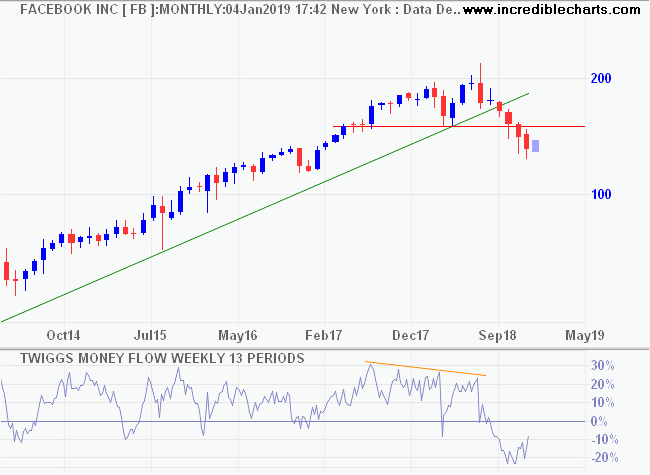A sharp fall in new Netflix subscribers may signal the end of the boom for many tech companies that enjoyed stellar gains since the start of the pandemic. Economies are starting to re-open as vaccination levels rise, warning of tepid growth ahead for companies that thrived during the COVID-19 lockdown.
Zoe Samios at The Age writes:
In the first three months of 2020, Netflix acquired 15.77 million paid subscribers, sending its already elevated shares into the stratosphere. In the corresponding period this year, Netflix added just 3.98 million subscribers, its results on Wednesday morning (AEST) showed.
Netflix (NFLX) momentum has slowed since July last year. Breach of support at 500 would warn of a correction, while breach of support at 460 would signal a primary down-trend.

The big five technology stocks all enjoyed a huge surge, up to September 2 last year, gaining between 28% (GOOGL) and 91% (AMZN) since early January. Since then, only Alphabet (GOOGL) and Microsoft (MSFT) have recorded further gains.

The broad S&P 500 index has gained 16.5% since September 2, 2020.
Conclusion
Growth in large technology stocks is slowing as the economy re-opens.

































